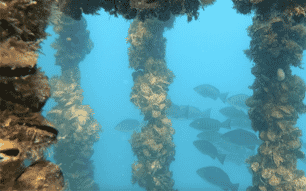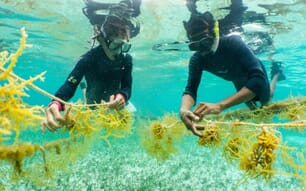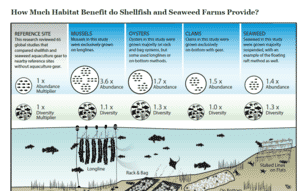You might think this is one problem a nation like Palau, with fewer than 23,000 citizens spread across more than 340 islands, all of them surrounded by the bounteous waters of the western Pacific Ocean, doesn’t need to lose sleep over. In fact, you’d be wrong…
With predictions suggesting that its fisheries will see a 25 percent drop in productivity by 2050, and with this decline in catches being exacerbated by a shifting climate, there’s a very real possibility that food shortages and public health crises will become a reality for Palau over the coming decades. Already, on an island where fish has historically provided the main dietary source of protein, highly processed foodstuffs like canned meat are increasingly top of many people’s shopping lists. This is creating predictably grim repercussions for public health, which could only accelerate as supplies of locally caught wild fish continue to dwindle.
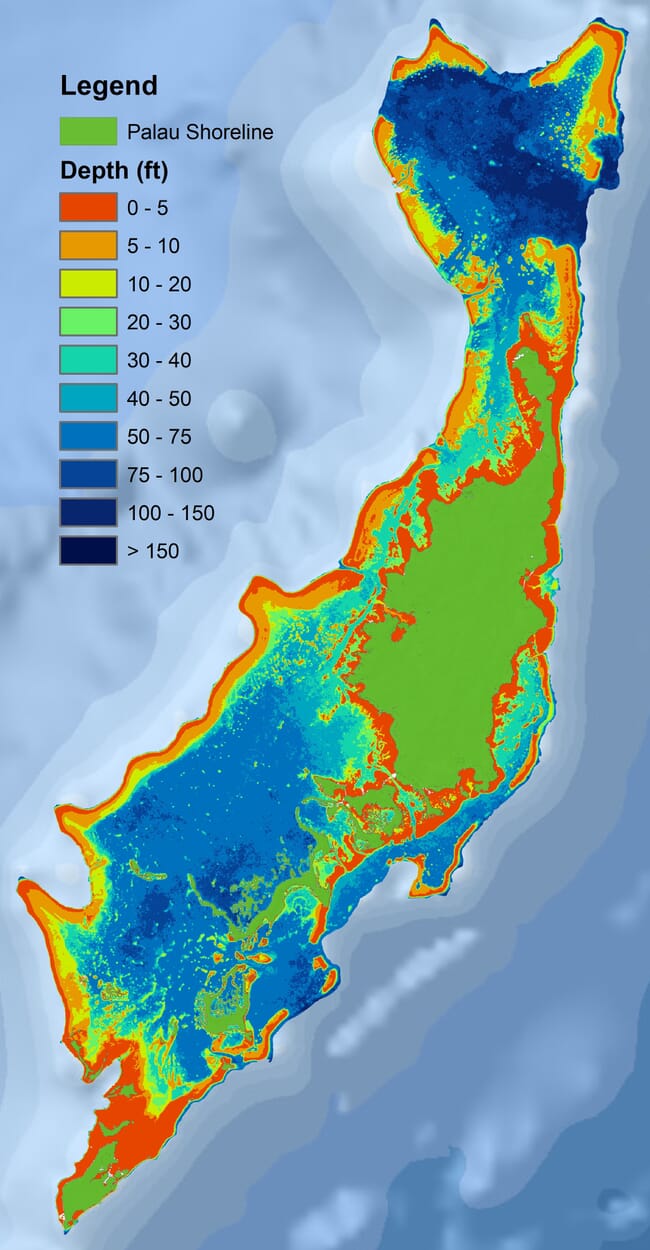
Palau meanwhile continues to grow its tourism industry and attract more visitors. While tourism is positive overall for the economic growth of Palau, an increase in visitors will also place additional pressure on domestic fisheries resources. There is an urgent need to secure alternative healthy protein sources to feed the country’s population.
Fortunately, help is at hand – in the form of sustainable aquaculture. In 2016, President Tommy Remengesau proclaimed that Palau “cannot continue to rely entirely on the wild when it comes to subsistence and commercial food production”, unveiling a new strategy to promote sustainable aquaculture to help meet future national demand for fish.
Readers of previous columns in this series won’t be surprised to learn that this strategy is very much aligned with The Nature Conservancy’s own thinking. It’s long been our belief that, when done well, the commercial production of finfish, shellfish and seaweeds has potential to help meet growing global food demand in a manner that is also consistent with conservation objectives. When developed responsibly, aquaculture represents a significant opportunity to achieve simultaneous progress towards three areas of critical importance under the UN Agenda for Sustainable Development: ending poverty and hunger; promoting prosperity; and protecting the planet from degradation.
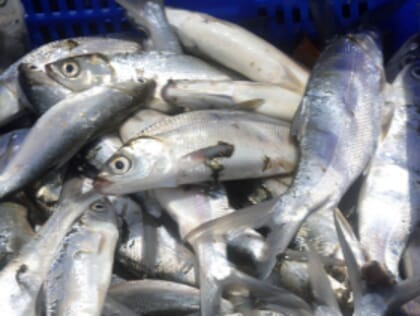
None of this will be possible without first taking steps to address the potentially negative environmental impacts of aquaculture, which have historically impacted the entire sector’s reputation. Given its strong track record on marine conservation and environmental management, the government of Palau is committed to ensuring that any acceleration in growth of this previously fairly limited domestic sector – Palau’s current annual aquaculture production is a mere 20.7 tonnes, the majority of which is milkfish – doesn’t come at an unacceptable cost to the country’s ecosystems. Although we do not have a specific production goal, our focus is on building a framework for sustainable aquaculture that will help meet the food security needs of the population, as well as provide fish for both local markets and tourists. Species we’re looking to concentrate on include rabbitfish (a herbivorous finfish, which can be produced in cages) and giant clam. Central to our ambition to grow the sector sustainably will be harnessing the latest technologies and approaches to spatial planning, to ensure any proliferation of aquaculture happens in a strategic and sustainable manner.
This is especially important because of Palau’s location just outside the famed “Coral Triangle”, a region known for containing the highest biodiversity of shallow-reef marine wildlife on Earth – more than 400 species of coral and around 1,300 species of reef fish. The vulnerability of these fragile environments, which are particularly sensitive to minor variations in water quality and ocean conditions, mean that poor siting of aquaculture installations has potential to damage reef ecosystems.
It is here that TNC will bring its extensive experience to bear, working closely with the national government to share knowledge and co-develop a new set of siting guidelines based on best international practices and local considerations. We will utilise these guidelines to jointly develop spatial analyses that identify suitable areas for aquaculture development from economic, social and environmental perspectives. We will also conduct constraints analyses to identify aquaculture “no-go” areas, such as coral reefs, shipping lanes and tourism areas, to ensure these zones are excluded from future aquaculture development. The species we will concentrate on are rabbitfish (a herbivorous finfish species suitable for cage culture) and giant clam.
Applying ecological and biophysical modelling methodologies, we’ll ensure sites are appropriate for candidate aquaculture species and are as “future-proof” and resilient as possible to emerging, climate-driven threats. Critical to these analyses will be remotely sensed data provided by satellites, which include bathymetry, chlorophyll and sea-surface temperature.
Which is where Nasa comes in! We’re thrilled to report that the National Aeronautics and Space Administration, alongside its sister agency the National Oceanic and Atmospheric Administration (NOAA), is providing funding and technical support to this project via its Research Opportunities in Space and Earth Science (ROSES) programme, which has the goal of utilising satellite remote sensing to achieve UN Sustainable Development Goals. Needless to say, being able to leverage the geospatial expertise of these world-renowned organisations to inform our siting work could ultimately have implications for aquaculture far beyond Palau.
Our final outputs will be captured in an online mapping tool, based on TNC’s Natural Solutions Toolkit platform, to ensure maximum transparency for local communities, policymakers and other key stakeholders. Ultimately, the analysis is projected to cover up to 10 percent of the island nation’s territorial waters, creating a foundational decision support tool to power the development of a sector that promises to both create jobs and provide local food security, all in harmony with Palau’s precious marine ecosystems.

